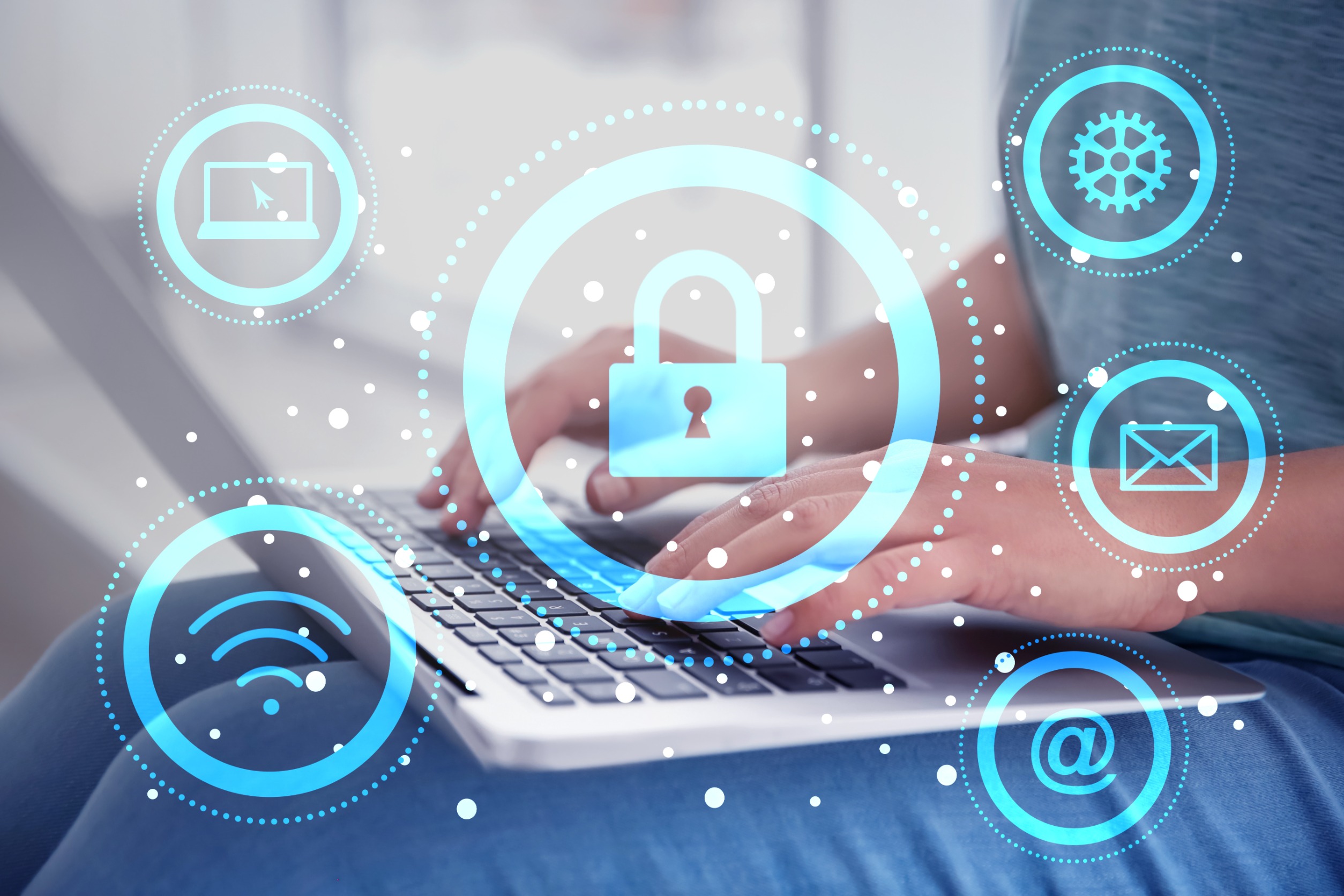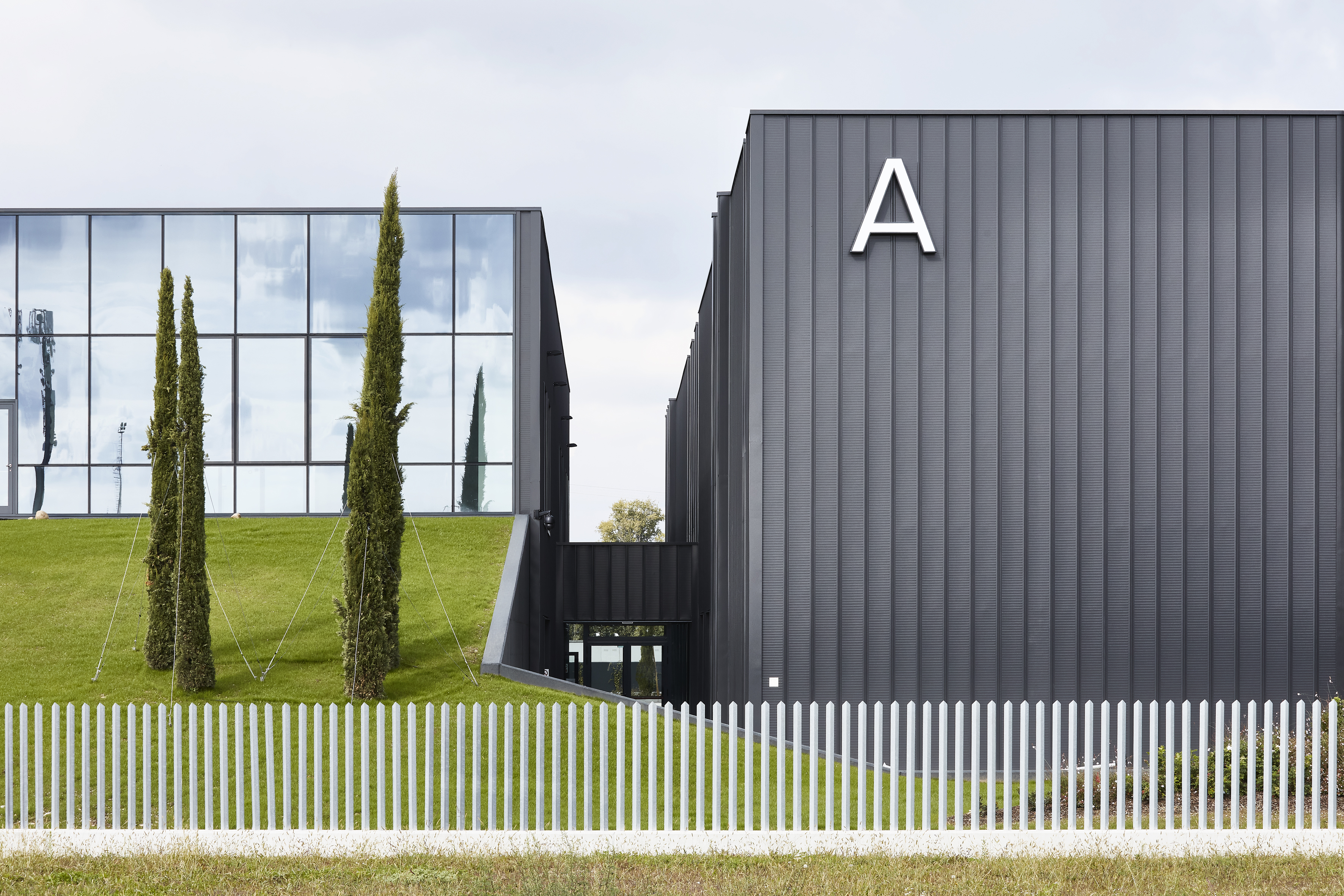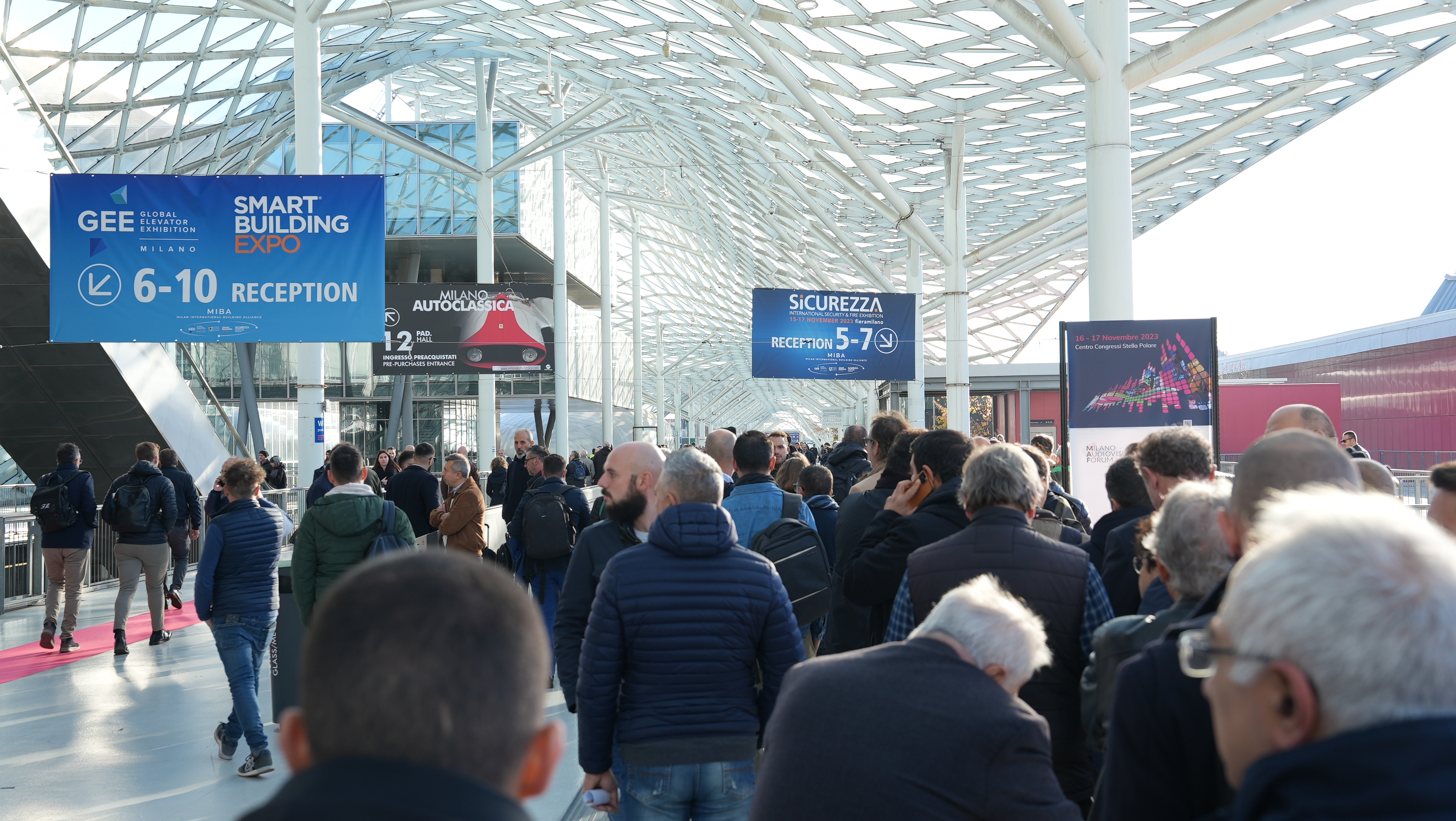Cybersecurity is confirmed as a crucial issue for the future of companies, proving both a challenge and an opportunity. The continuously growing sector reached a global value of 172.24 billion dollars in 2023 and is expected to explode to over 562 billion by 2032 (source: Fortune Business Insights). This exponential increase reflects the strategic importance of cybersecurity in an increasingly digital and interconnected world. However, the path is still long, especially in Italy, where the cybersecurity market has grown to 2.15 billion dollars, but remains behind the other G7 countries in terms of ratio to GDP (source: Cybersecurity Observatory of Politecnico di Milano).
NIS2: a new frontier in security
In this context, the NIS2 (Network and Information Security) Directive, compulsory in all European states since 17 October, is a fundamental step towards the harmonisation of cybersecurity strategies and will certainly bring about a radical and very rapid change, imposing a paradigm shift. The aim of the regulation is clear: to standardise and improve cybersecurity standards, extending responsibilities to a wider range of critical sectors, including energy, healthcare, transportation and finance. For companies, however , NIS2 is not just a regulatory constraint, but an opportunity to review and strengthen their technological infrastructures, improving resilience and reducing the risk of cyber incidents.
The challenges for companies
Implementing NIS2 is a significant challenge. Companies need to update their technology infrastructures and ensure a stricter management of cyber risks. This means adopting new security protocols, strengthening their defences against increasingly sophisticated cyber attacks, and training staff to deal with new threats. In addition, the directive introduces severe sanctions for those who do not comply with the obligations, pushing organisations to review their compliance strategies. On the other hand, NIS2 also offers some important opportunities. Investing in cybersecurity allows companies to protect their data, improve customer trust, and consolidate their competitive edge. Additionally, the adoption of advanced technologies, such as artificial intelligence and security process automation, can optimise threat management, reducing response times and operating costs. NIS2 is therefore a change of direction for companies, pushing them towards a proactive and integrated cybersecurity model. It is not just a matter of compliance, but an opportunity to strengthen the digital foundations of business, preparing for an increasingly connected and interdependent future.
Cybersecurity Arena at Sicurezza 2025
In this dynamic context, SICUREZZA 2025, scheduled at Fiera Milano from 19 to 21 November, strengthens its role as a key event for understanding scenarios and opportunities in the sector. In particular, the Cybersecurity Arena, conceived by Business International, the knowledge unit of Fiera Milano, will be an opportunity to listen live to the point of view of experts, academics and managers on key topics, such as the new European regulations related to NIS2 or the entry into force of the Cybersecurity Act and the AI Act and the related impacts and consequent responsibilities on manufacturers and installers in the field of data protection.







